The smartest, easiest to use marketing automation software
Today’s marketers need efficient, agile marketing automation to help them drive real business results. That’s Act-On.
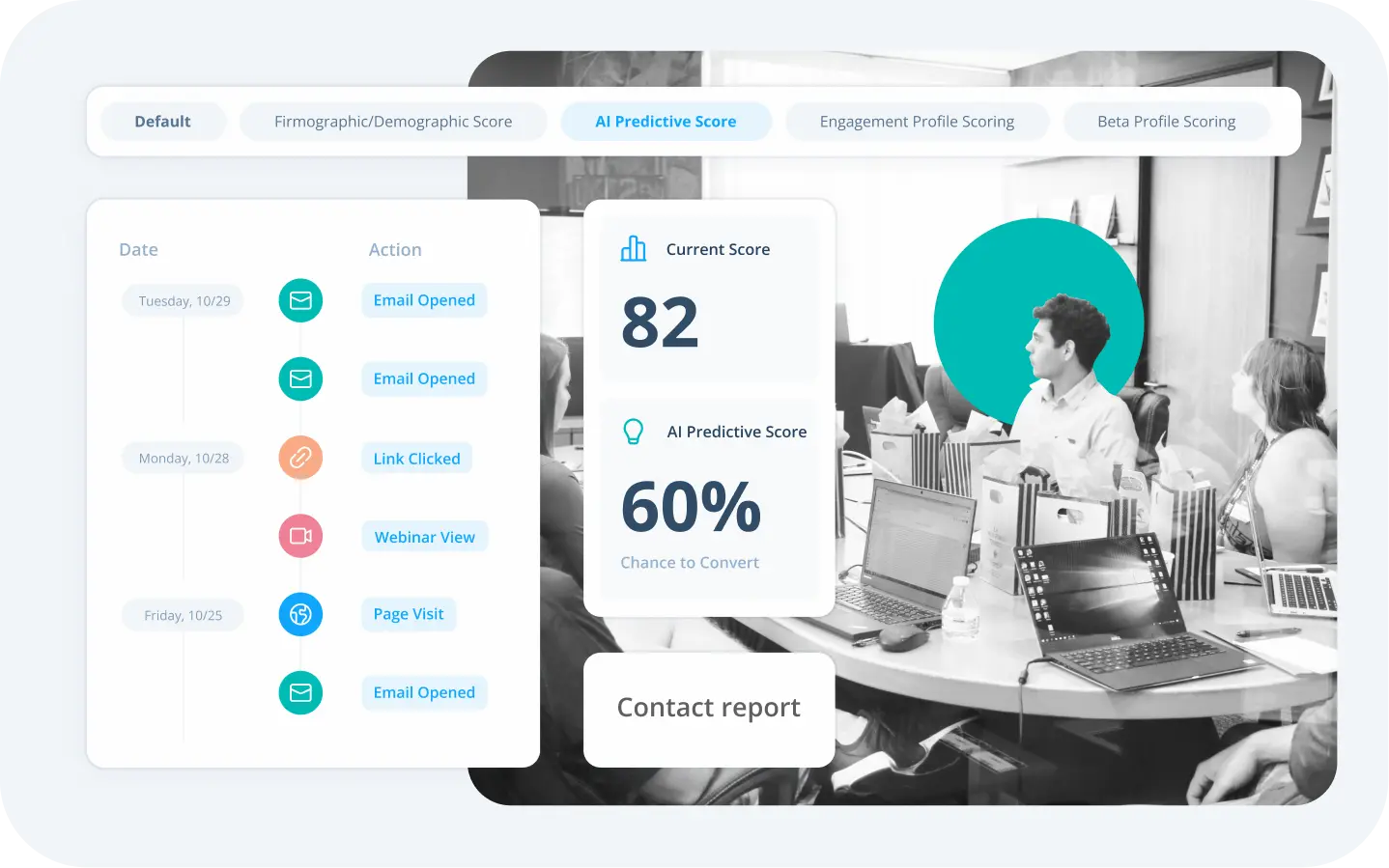
Launch impactful campaigns in record time
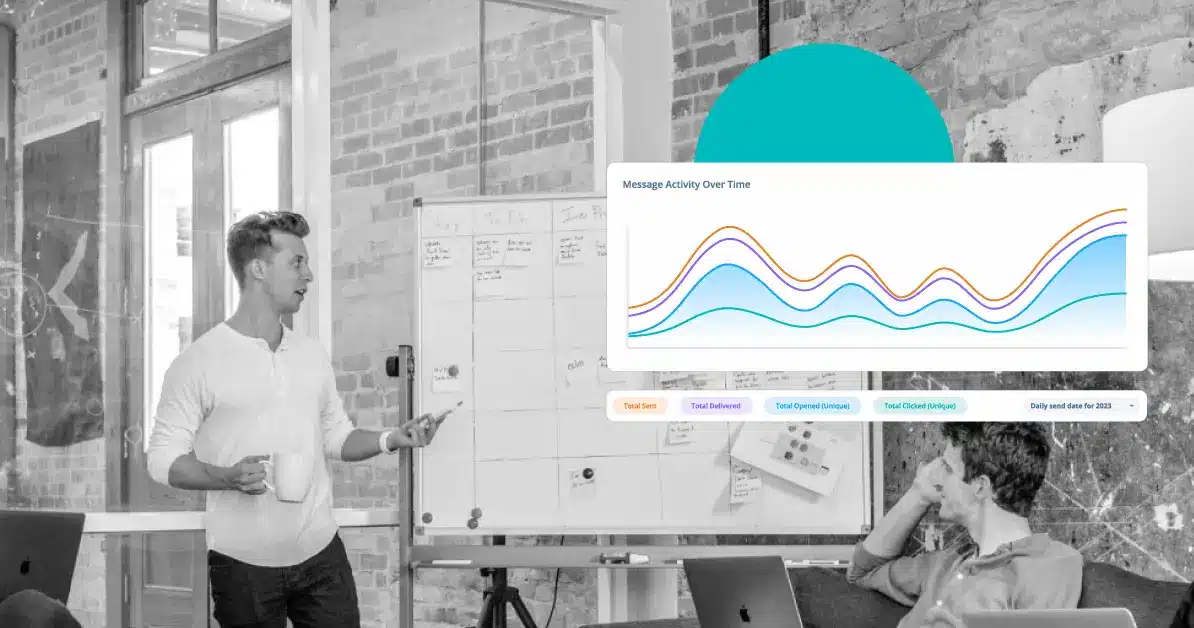
Agile marketing for modern enterprises
Stop fighting overly complex solutions. Use modern agile marketing automation software to create, measure, and refine campaigns faster and more efficiently.
Innovative solutions for innovative marketers
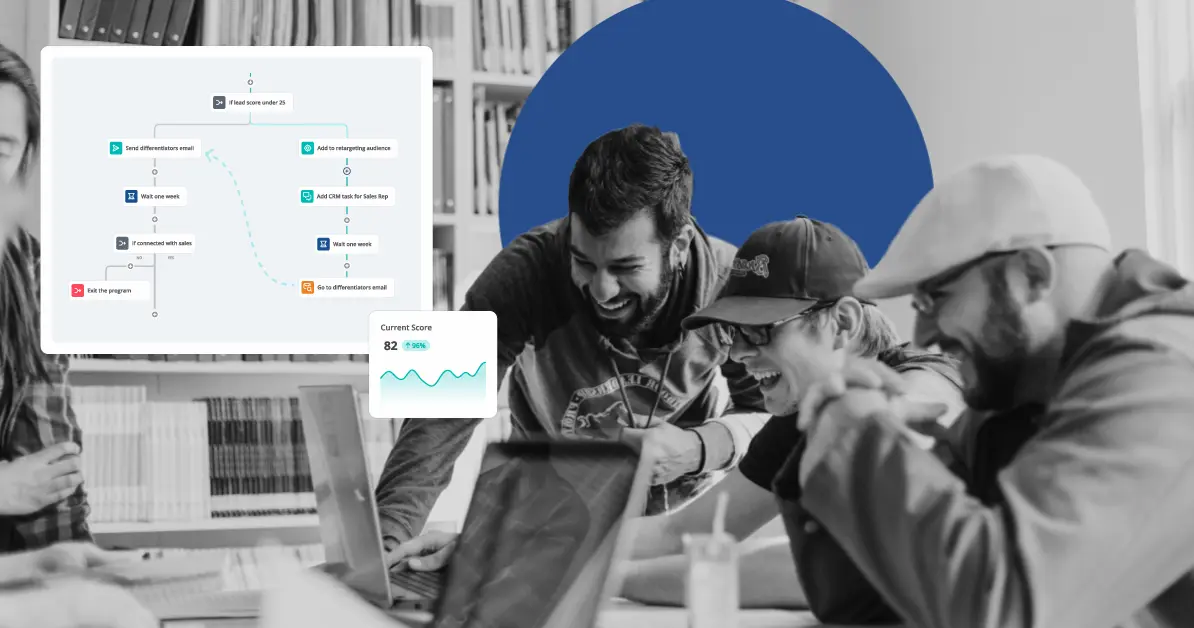

Your partner in marketing success
Learn about our solutions
Everything you need in modern marketing automation software

Email Marketing

Advanced Marketing Analytics
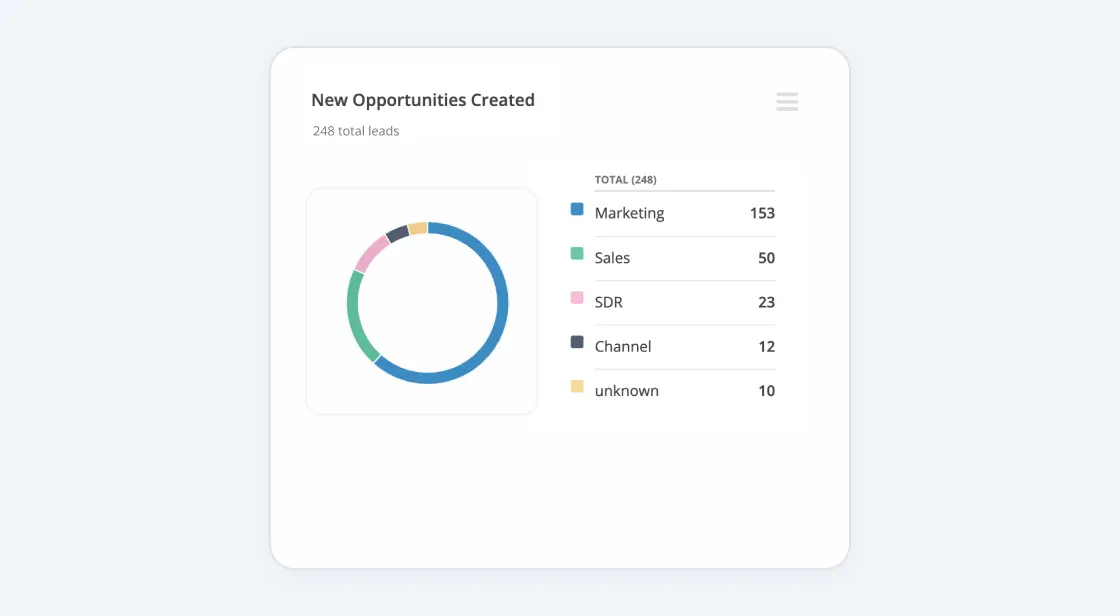
Lead Generation
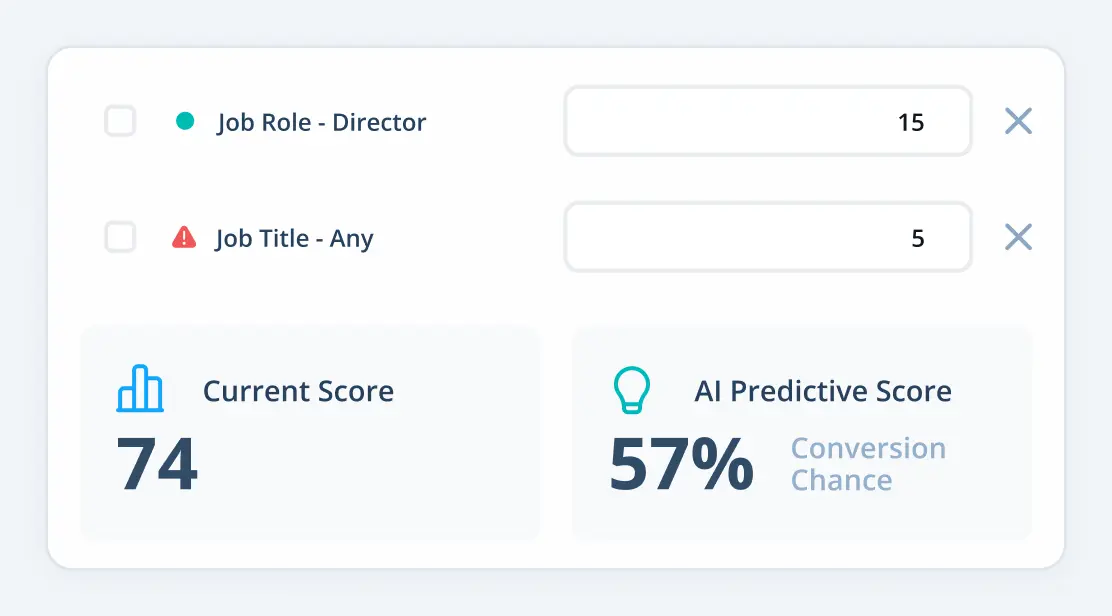
Lead Scoring

Martech and CRM Integrations
Sales Enablement

Customers Love Act-On
We’ve got the innovative tools, support services, and educational assets you need to succeed.
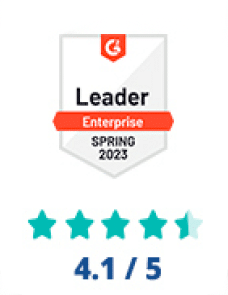

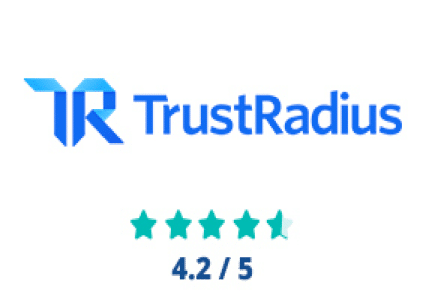

“The personalized attention and emphasis on creating a true partnership with their clients is one of Act-On’s greatest assets.”
Tracy Towns
Sales Operations and Sales Force Administrator
“Act-On brings together all the tools we need in a marketing automation platform. It’s easy to learn, use, administer and manage. Act-On customer and technical support are second to none, truly best-in-class.”
Karen Roscoe
Digital Marketing Manager, Bruker AXS LLC
“It fits perfectly with SalesForce (CRM), seamlessly aligning with Inbound campaigns and automating lead management activities – saving the sales and marketing team valuable time.”
Oliver Morton
Director of Marketing at eDriving
“The personalized attention and emphasis on creating a true partnership with their clients is one of Act-On’s greatest assets.”
Tracy Towns
Sales Operations and Sales Force Administrator
“Act-On brings together all the tools we need in a marketing automation platform. It’s easy to learn, use, administer and manage. Act-On customer and technical support are second to none, truly best-in-class.”
Karen Roscoe
Digital Marketing Manager, Bruker AXS LLC
“It fits perfectly with SalesForce (CRM), seamlessly aligning with Inbound campaigns and automating lead management activities – saving the sales and marketing team valuable time.”
Oliver Morton
Director of Marketing at eDriving
“The personalized attention and emphasis on creating a true partnership with their clients is one of Act-On’s greatest assets.”
Tracy Towns
Sales Operations and Sales Force Administrator
“Act-On brings together all the tools we need in a marketing automation platform. It’s easy to learn, use, administer and manage. Act-On customer and technical support are second to none, truly best-in-class.”
Karen Roscoe
Digital Marketing Manager, Bruker AXS LLC
“It fits perfectly with SalesForce (CRM), seamlessly aligning with Inbound campaigns and automating lead management activities – saving the sales and marketing team valuable time.”
Oliver Morton
Director of Marketing at eDriving
Act-On pricing: pay for only what you use
Number of Contacts in your database
Your estimated Active Contacts (what we charge for)
Our Mission: Help Marketers Get More Done

Support You Can Count On
Fast. Dedicated. Reliable. When our support team hears the call, they drop everything to find a solution to your problem.
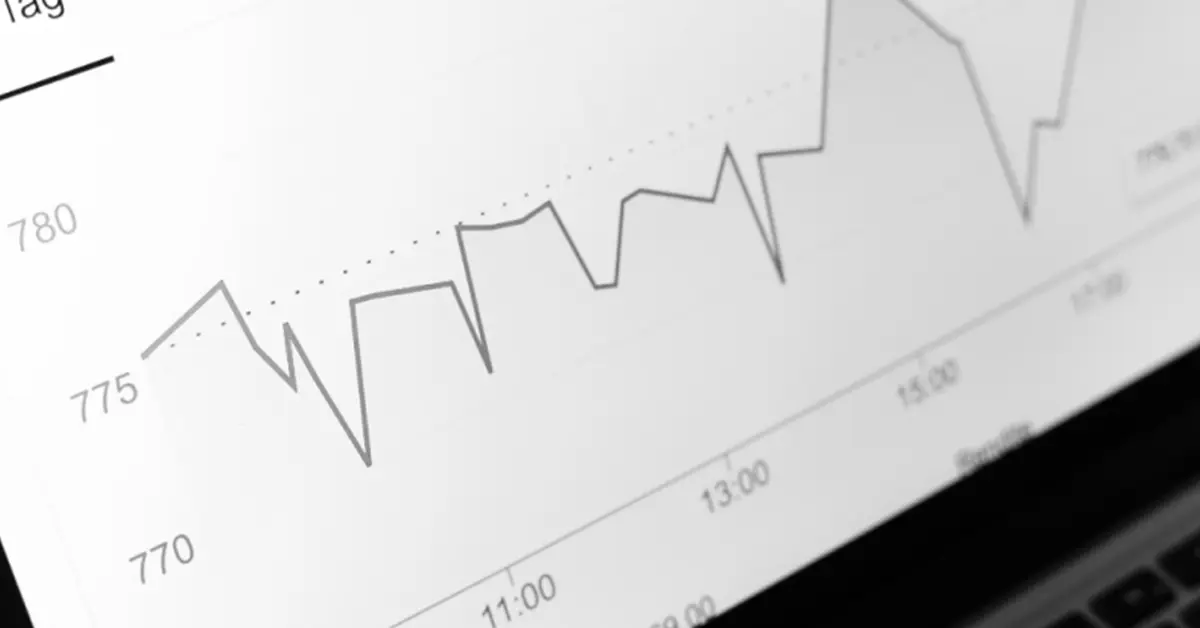
A Broad Suite of Professional Services
Whether through Act-On Professional Services or our partner network, we’re here to help you with the tough implementation, migration, or other projects you face.
